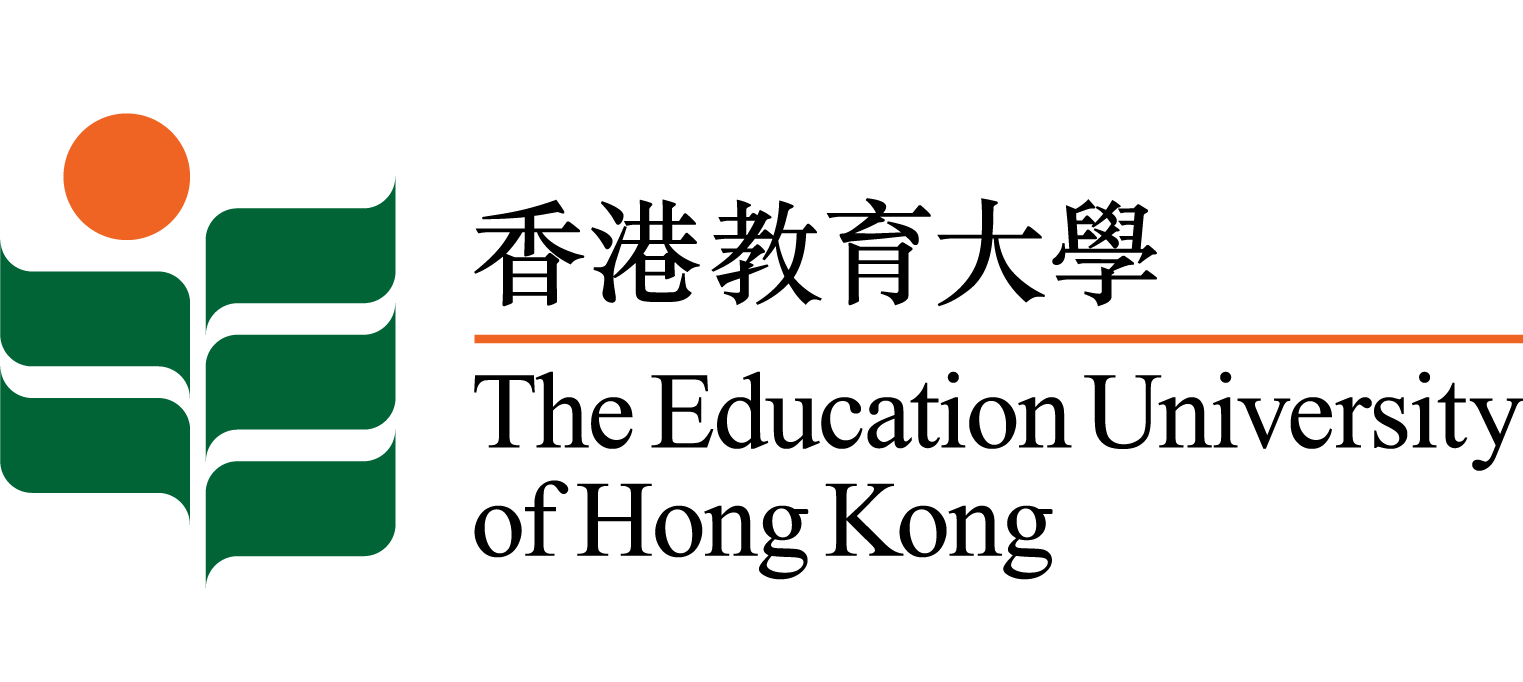Journal Articles
Assessing the effect of pedagogical transition on classroom design for tertiary education: Perspectives of teachers and students
- Assessing the effect of pedagogical transition on classroom design for tertiary education: Perspectives of teachers and students
- Sustainability, 15(12), 2023
- MDPI
- 2023
-
- Hong Kong
-
- 1997.7 onwards
-
- Unknown or Unspecified
- Active learning has been increasingly important in tertiary education in recent years due to its powerfully favourable impact on students’ learning attitudes and efficacy. Indeed, the way that a classroom is set up has a direct impact on how well students learn and how well teachers teach. The continuous evaluation of students’ learning performance is essential for guiding future classroom renovations and creating a cutting-edge learning environment for both students and teachers. The aims of this paper were to provide a better understanding of the latest development trend of learning mode preference in tertiary education and to investigate any underlying similarities and differences in the perceptions between teachers and students. To support both teaching and learning, an empirical questionnaire survey was conducted among teachers and students in Hong Kong to assess the effectiveness of various active learning techniques and passive learning techniques adopted in tertiary education. Opinion-based data were collected on the perceived benefits and disadvantages of both learning techniques as well as the importance of various classroom design features. To determine the significance of the variations in opinions between teachers and students on the survey responses, descriptive statistical analyses using the mean score and Mann–Whitney U-test were carried out. The results of the Mann–Whitney U-test on the advantages of traditional learning showed that the following variables significantly varied: ‘direct information from the teacher’; ‘timesaving (group discussion may waste time)’ and ‘allow more time for Q&A’. These advantages were generally rated higher from the viewpoint of students rather than teachers. However, no significant difference was established concerning the limitations of traditional learning. The findings of this study can help teachers and instructors to understand how different teaching and learning methods affect students’ ability to learn effectively, which can ultimately help institutional policymakers to determine the necessary essential requirements for orchestrating classroom designs to create more conducive teaching and learning environments. The findings also aim to inform policymakers and educational institutions on the impact of pedagogical change on the fundamental design requirements for a flexible classroom environment supportive of students’ active learning, especially in tertiary education. © 2023 by the authors.
-
- English
- Journal Articles
-
- 20711050
- https://bibliography.lib.eduhk.hk/en/bibs/b40a4ad0
- 2024-07-11
Recent Journal Articles
Modelling trait and state willingness to communicate in a second language: An experience sampling approachJournal Articles
Teaching national identity in post-handover Hong Kong: Pedagogical discourse and re-contextualization in the curriculumJournal Articles
Paradoxes in intercultural communication, acculturation strategies and adaptation outcomes: International students in Hong KongJournal Articles
The efficacy of the Peace Ambassador Project: Promoting children's emotional intelligence to address aggression in the early childhood classroomJournal Articles
Brokering school improvement through a school–university partnership: A longitudinal social network analysis of middle leadership developmentJournal Articles
L2 English listeners’ perceived comprehensibility and attitudes towards speech produced by L3 English learners from ChinaJournal Articles
School students’ aspirations for STEM careers: The influence of self-concept, parental expectations, career outcome expectations, and perceptions of STEM professionalsJournal Articles
Fundamental movement skills in Hong Kong kindergartens: A grade-level analysisJournal Articles



 EdLink
EdLink